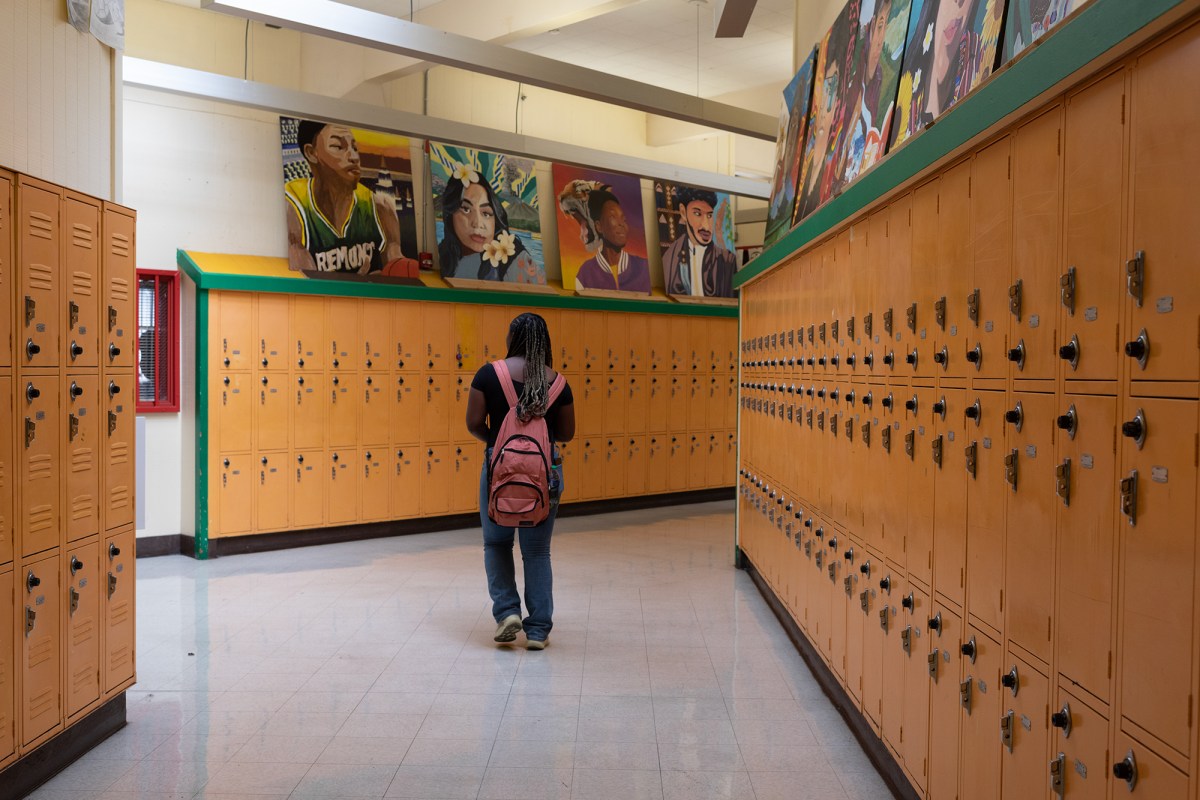Executive Summary
- Google is introducing Material 3 Expressive, a significant UI overhaul for Android designed to appeal to younger users with vibrant colors and increased customization.
- The update includes changes to the status bar, Quick Settings panel, lock screen, volume controls, and Settings app, with a focus on improved aesthetics and usability.
- Research suggests that Material 3 Expressive is favored by younger users and enhances the perceived coolness and modernity of the Android brand.
Event Overview
Google is implementing a significant user interface (UI) overhaul for Android with its new Material 3 Expressive design language. This update aims to modernize the Android experience, appeal to a younger demographic, and improve usability across different age groups. The redesign includes changes to various elements of the Android interface, such as the status bar, Quick Settings panel, lock screen, volume controls, and Settings app. The changes reflect a move towards bolder colors, increased customization options, and a focus on emotional connection with users.
Media Coverage Comparison
| Source | Key Angle / Focus | Unique Details Mentioned | Tone |
|---|---|---|---|
| The Verge | Android's New UI vs. iPhone Appeal | Discusses Google's attempt to appeal to Gen Z with Material Three but acknowledges the challenge posed by iMessage and the overall iOS ecosystem. Mentions a 2025 Piper Sandler survey indicating that 88% of teenagers own an iPhone. | Skeptical but hopeful, acknowledging the challenges Google faces in attracting younger users to Android. |
| Android Authority | Detailed Breakdown of UI Changes | Provides a comprehensive look at the specific UI changes in Android 16, including new status bar icons, Quick Settings panel redesign, lock screen modifications, and volume control updates. Mentions the use of background blur effects and new icon shape options. | Informative and technical, focusing on the specifics of the UI redesign. |
| 9to5Google | Behind the Scenes of Material 3 Expressive | Details the research and reasoning behind Material 3 Expressive, including 46 research studies with over 18,000 participants. Highlights the use of color, shape, size, and motion to create more emotionally engaging interfaces. Mentions a 32% increase in subculture perception and a 34% boost in modernity. | Analytical and insightful, focusing on the design philosophy and research supporting Material 3 Expressive. |
| ZDNET | Rumored Android 16 Features | Discusses rumored features of Android 16, including app drawer blur, hybrid auto exposure, live updates, APV codec support, Auracast Broadcast audio support, and Desktop Windowing. | Enthusiastic and speculative, focusing on potential new features based on rumors and beta testing. |
Key Details & Data Points
- What: Android is receiving a major UI overhaul with Material 3 Expressive, featuring bolder colors, customizable interfaces, and improved usability.
- Who: Google is leading the redesign effort, with input from designers, researchers, engineers, and user feedback from over 18,000 participants.
- When: The changes are expected to roll out with Android 16, with some features potentially appearing in earlier quarterly updates. The official unveiling is anticipated at Google I/O 2025.
- Where: The UI changes will affect Android devices globally, particularly Pixel devices which often receive updates first.
Key Statistics:
- 88%: Percentage of teenagers in the US who own an iPhone (Piper Sandler, 2025)
- 4x faster: How much quicker participants could spot key UI elements in the expressive design compared to the non-expressive design (Google Research)
- 32%: Increase in subculture perception, making a brand feel more relevant and 'in-the-know' with M3 Expressive (Google Research)
Analysis & Context
The Material 3 Expressive update represents a significant effort by Google to modernize Android's UI and attract a younger audience. The focus on customization, vibrant colors, and emotional connection aims to differentiate Android from iOS and address the perception that Android is less visually appealing. However, Google faces challenges in overcoming the strong brand loyalty and ecosystem lock-in associated with Apple's iMessage. The success of Material 3 Expressive will depend on its ability to resonate with users of all ages, improve usability, and provide a compelling alternative to iOS. The rumored features like desktop windowing (ZDNET) could enhance Android's versatility, provided that Google delivers on it.
Notable Quotes
Material 3 Expressive is characterized by bold use of shape and color—creating delightful user experiences.
We’ve also seen that this coolness isn’t just a vanity metric, but a positive driver of behavioral intent, meaning users are more likely to want to switch to a product with this design.
Conclusion
Google's Material 3 Expressive, driven by extensive research involving over 18,000 participants, aims to revitalize Android's UI with emotion-driven designs, enhanced customization, and improved usability, potentially drawing in a younger user base. While offering a fresh aesthetic, its success hinges on effectively competing with iOS and delivering a seamless user experience across demographics. The upcoming Google I/O event and Android Show on May 13, 2025, are expected to reveal more about Android 16, including features like live updates, an embedded photo picker, health records, and enhanced security features for Wi-Fi location. Android 16 will also likely include the Advanced Professional Video (APV) codec, Auracast audio sharing, and hybrid auto exposure in the camera. The new design language emphasizes color, shape, motion, and floating toolbars to improve user interaction and productivity. While Android maintains a dominant global market share, particularly in Asia and Africa, iOS leads in revenue generation and holds a strong position in markets like the US. Whether Material 3 Expressive and the features of Android 16 can bridge this gap and provide a more compelling and unified user experience remains to be seen.
Disclaimer: This article was generated by an AI system that synthesizes information from multiple news sources. While efforts are made to ensure accuracy and objectivity, reporting nuances, potential biases, or errors from original sources may be reflected. The information presented here is for informational purposes and should be verified with primary sources, especially for critical decisions.









